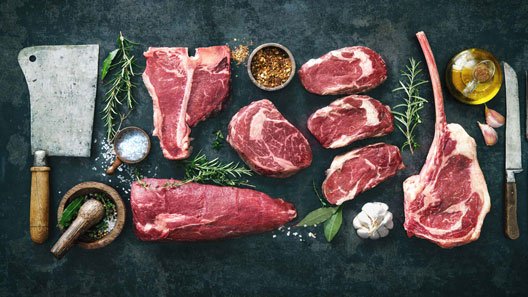No products in the cart.
Selecting quality cuts for low and slow barbecue involves a careful balance of meat characteristics to ensure flavorful, tender, and juicy results after long cooking hours. Here’s a guide to how we select the best cuts for your barbecue:
When selecting cuts for low and slow barbecue, always look for good marbling (the white flecks of fat within the meat), as this fat will melt during cooking, keeping the meat moist and adding flavor. Additionally, a thick fat cap can protect the meat during cooking, but it should be trimmed to the desired thickness. The weight and thickness of the cut should also be considered, as larger, thicker cuts will require more cooking time.
Choosing the right cut of meat is the first step in achieving the perfect barbecue. Always select the highest quality meat you can afford, as this will significantly impact the final flavor and texture of your barbecue.
Depending on the type of steak these are the sizes we recommend based on appetite. Standard would be a typical restaurant size and red would be our choice.

4oz small
6oz standard
7oz medium
8oz large
10oz extra large
6oz sandwich
7oz medium
8oz standard
10oz large
12oz extra large
6oz small
7oz medium
8oz standard
10oz large
12oz extra large
16oz huge